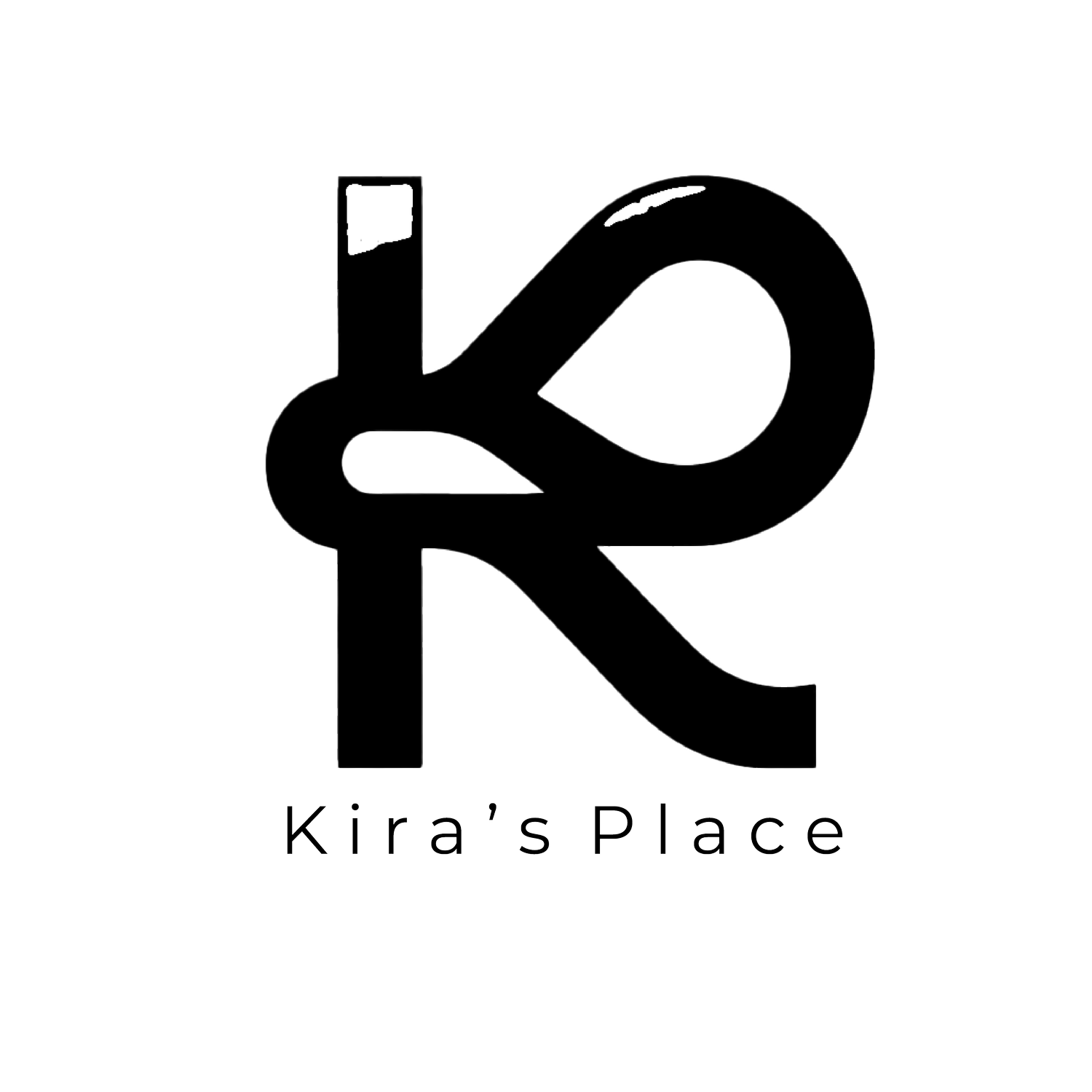The dawn of a creative Dark-age
In an era characterised by consumerism and mass production, the concept of a “Creative Dark Age” looms large, challenging our perceptions of creativity, innovation, and individual expression. As we navigate this landscape, it’s essential to critically examine the impact of consumer culture on our society, and its profound implications for the arts, particularly photography, while also considering the rising influence of AI-generated art.
Consumerism, with its emphasis on profit and marketability, often shapes the direction of artistic endeavours, including photography. In this hyper-commercialised environment, creativity can become commodified, reduced to a marketable product rather than a genuine expression of individuality and innovation. As a result, the arts may face pressures to conform to mainstream tastes and preferences, stifling the diversity of artistic voices and limiting opportunities for unconventional perspectives to flourish
Moreover, the proliferation of consumer culture can contribute to the homogenization of artistic ideas and aesthetics, creating a climate where originality and authenticity are undervalued in favour of mass appeal. This can have profound implications for the arts, particularly photography, where the pressure to conform to prevailing trends may discourage experimentation and risk-taking, leading to a narrowing of creative possibilities and a loss of cultural richness. In the midst of this impending Creative Dark Age, it’s crucial for artists, including photographers, to resist the homogenising forces of consumerism and reclaim the true essence of creativity. This requires cultivating a mindset of critical inquiry and self reflection, challenging prevailing norms and questioning the status quo. It involves embracing diversity and celebrating the unique perspectives and talents that each individual brings to the table.
Furthermore, the emergence of AI-generated art adds a new dimension to the conversation surrounding creativity and consumerism. AI algorithms can now produce artworks and photographs that mimic human creativity, blurring the lines between human and machine-generated art. While AI art offers exciting possibilities for exploration and innovation for those who really take the time to pose unusual challenges and create complex and unusual contexts to seed material, AI art is based on training a computer model using large datasets of existing image-text pairs, often with image and caption data taken directly from the internet. This learned model will represent the same consumer trends and popular biases represented on the internet, and accelerate the trend towards further visual homogeneity towards a socially desirable and commercially successful (perfect) outputs. Just as with its predecessor, photo-bashing, it also raises deeper questions about authenticity, authorship, and the role of the artist in a digital age.
